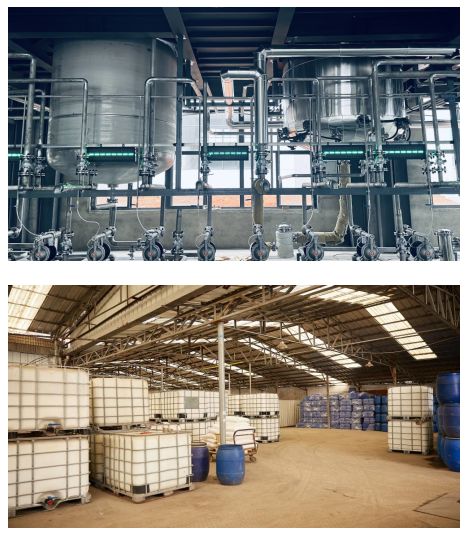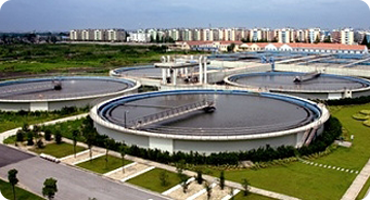1. Definition and Purpose
Defoamers (or antifoams) are chemical additives specifically designed to control and eliminate unwanted foam in industrial processes, with wastewater treatment being a primary application. During various stages of wastewater treatment, such as aeration, agitation, and biological processing, the presence of surfactants, proteins, and other surface-active agents can lead to persistent foam formation. This foam can cause numerous operational issues, including reduced treatment capacity, overflow problems, equipment damage, and potential environmental hazards. Defoamers effectively mitigate these problems by collapsing existing foam and preventing its reformation.
2. Application in Wastewater Treatment
- Defoamers are applied at key points in the treatment plant where foam generation is prevalent:
- Aeration Basins: High levels of oxygen injection and biological activity are major foam generators.
- Equalization Tanks: Initial mixing and surfactant concentration can cause foam.
- Anaerobic Digesters: Biological processes produce gases (CO₂, CH₄) that entrap and form foam.
- Effluent Treatment Areas: Foam control is critical before water is discharged to meet environmental regulations.
They can be dosed intermittently to knock down existing foam or continuously at low levels for preventive control.
In summary, defoamers are indispensable chemical aids in modern wastewater management. They ensure operational efficiency, protect equipment, and help facilities maintain compliance with environmental discharge standards by effectively controlling problematic foam throughout the treatment process.


